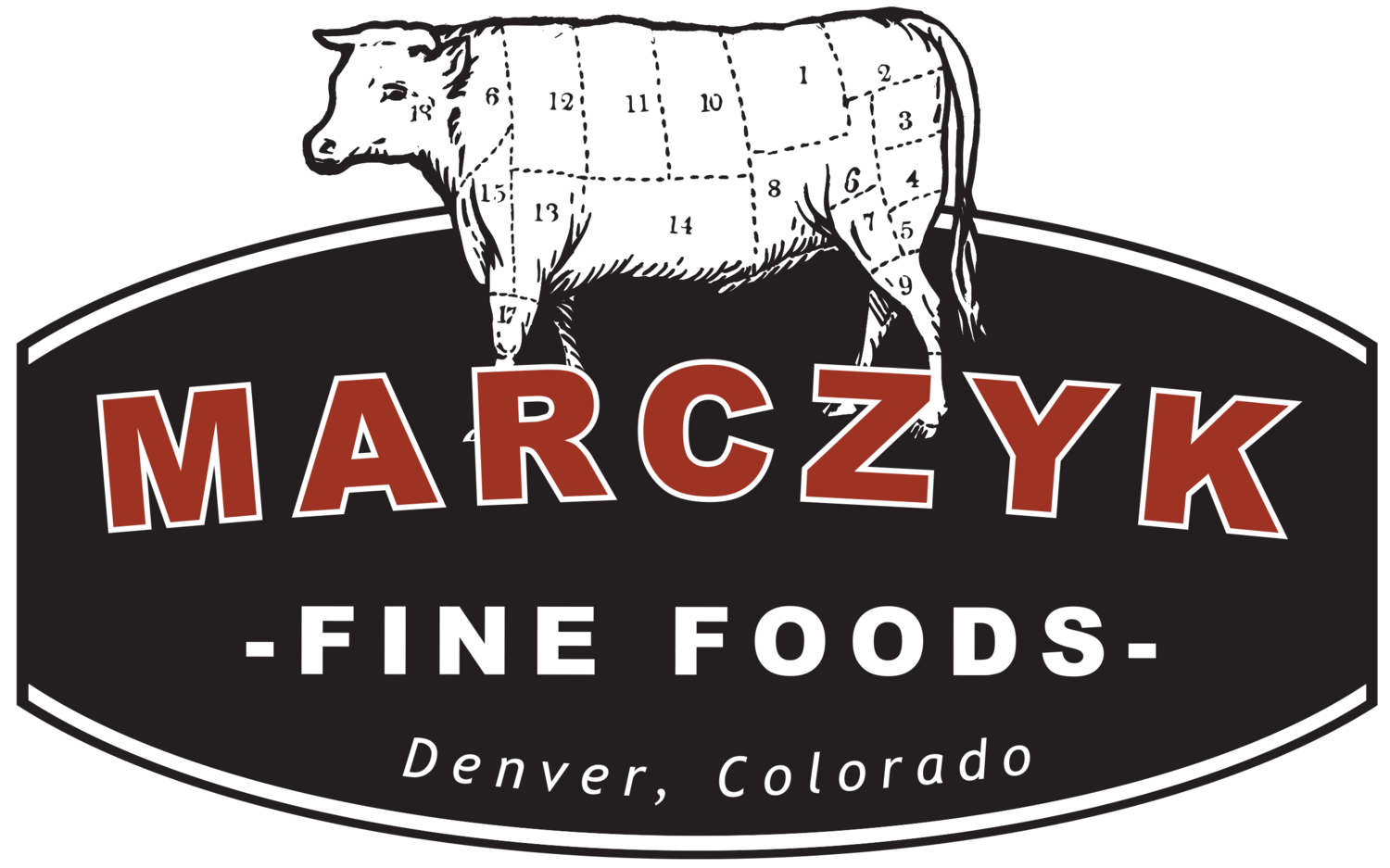This year for Mardis Gras (March 4) we are making king cakes, like we have been for years, but we’re also making chicken and chorizo gumbo from scratch. You can read about both of them below, and use these buttons to order yours.
Order yours through Monday, March 3rd and pick them up beginning Friday, February 28th through Tuesday, March 4th.
GUMBO
BY BILL ST. JOHN
We so often hear the American cultural touchstone, that "we are a melting pot." The next you hear or read that, think about gumbo, that thick mix of seafood, vegetables, and sausage given to us by the Creole cooks of Louisiana. In truth, gumbo is as American a "melting pot" as could be, for it takes in all of us.
"Gumbo" derives from the Angolan name for a key ingredient of any gumbo, okra, a finger-shaped fruit indigenous to West Africa and there called "ki'ngombo." In the late 1600s, slaves brought okra with them to the New World to which they were sent upon capture. As I say, gumbo, the stew, is as American as it gets.
-
Okra thickens any gumbo stew in which it appears due to its calling-card characteristic of a certain viscosity that every gumbo cook appreciates for the way it binds together all the stew's many other ingredients, and that every gumbo eater craves for its texture.
As chef Jamey Fader, culinary director at Marczyk Fine Foods, says of the gumbo that he prepares for Marczyk's Mardi Gras, "In our gumbo, everything is part of the whole, while each thing has its own distinct personality." So, for example, the sausage "coins" in the Marczyk gumbo are its "house chorizo, with just a bit of smoke to it," says Fader, "while the chicken is pulled chicken, shredded, having first been cooked off to make the stock" for the fundament of the gumbo.
But the truer "base" of the gumbo is Fader's roux, that 50/50 mix of fat and flour that backbones so much of Creole cooking. "What makes or breaks a gumbo," says Fader, is a great roux. It needs to be really dark and roasted, so we dry-bake the flour beforehand to get all the moisture out of it, and also to enhance its nutty flavors, until it is a light brown color and ready to absorb any new moisture into it." Fader allows that, as a traditionalist, "we make the roux with vegetable oil," but that, as chef of a pork-centric house, "we also use a bit of bacon fat." May I get an "Amen!" here?
Another Fader signature is the nubby nature of his Marczyk gumbo. "In stews, I like different textures, shapes, and sizes," he says, "so in the gumbo, there's lots of chunk."
For seasoning, again many elements conspire to be yet another "melting pot." Thyme, oregano, parsley, both cayenne and black peppers swirl in concert, all woven together by another Creole cooking custom, the use of filé (the powdered leaves of the sassafras tree). "Filé also gives the gumbo a delicious touch of swamp funk," adds Fader, happily and approvingly.
A-ha, so there it is: the truest mingling, then, of a Marczyk gumbo is its sensory miscellany: a heady, savory "melting pot" of the senses—a delicious jumble of textures, tastes and flavors, even sights and aromas.
Such a stew.
KING CAKES
BY BILL ST. JOHN
You'll note that, for the past few months, the elves in the Marczyk Fine Foods baking department have been turning out of their ovens some awesome breads for you as part of their "Artisanal Bread Program." November and December last year came forth, respectively, with a beautiful herbed sourdough boule and the annual holiday stollen. This January sported a Polish rye.
And for February, in time for Mardi Gras and much-needed good cheer, the artisanal bread is — ta-daaaaa — a "King Cake," a very cakey bread (or, looked at another way, a very bready cake) if ever there was.
-
Not much "king," anymore really, in this cake, the original reference being to the three kings who visited the Baby Jesus in his manger in Nazareth. Oft-seen shaped in a turban-like ring, the name is also a throwback to the headdress of those kings, known as "Magi" ("Wisemen") from the Far East and, expectedly, turbaned.
King cakes, then, were baked and eaten beginning on the Twelfth Night of Christmas (January 6th), also known as the Feast of the Epiphany (from the Greek, "the Showing"), the day when the kings purportedly visited Nazareth and witnessed this child — eaten, that is, all the way up to Mardi Gras, the day before Ash Wednesday, 46 days before Easter, this year, February 13th.
Hence, the riotous nature of king cakes for Carnival (in olden days, the entire period from Epiphany until Ash Wednesday), New Orleans, Mardi Gras and gorging on treats and tastes before the fasting that marks Ash Wednesday and Lent.
This religious past also explains the small figurine baked into king cakes.
It is meant to symbolize the same Baby Jesus. Secularization having taken over, however, it — and certainly the cake itself — is now a sign of good luck or favor, a celebration of happy chance during a typically dreary time of year.
Bakers, like us, adorn king cakes with worldly-meaning colors, too, icings in purple (signifying justice), green (growth) and gold (of course, prosperity or wealth). Baby Jesus keeps smiling, the best He can do in such a secular situation.
In New Orleans, if you find the plastic baby in your portion of king cake, you are obliged to host next year's Mardi Gras table and bring the future king cake. Also, you might be crowned as "King for the Day," the "Magi" (or "wise") part up to you.

